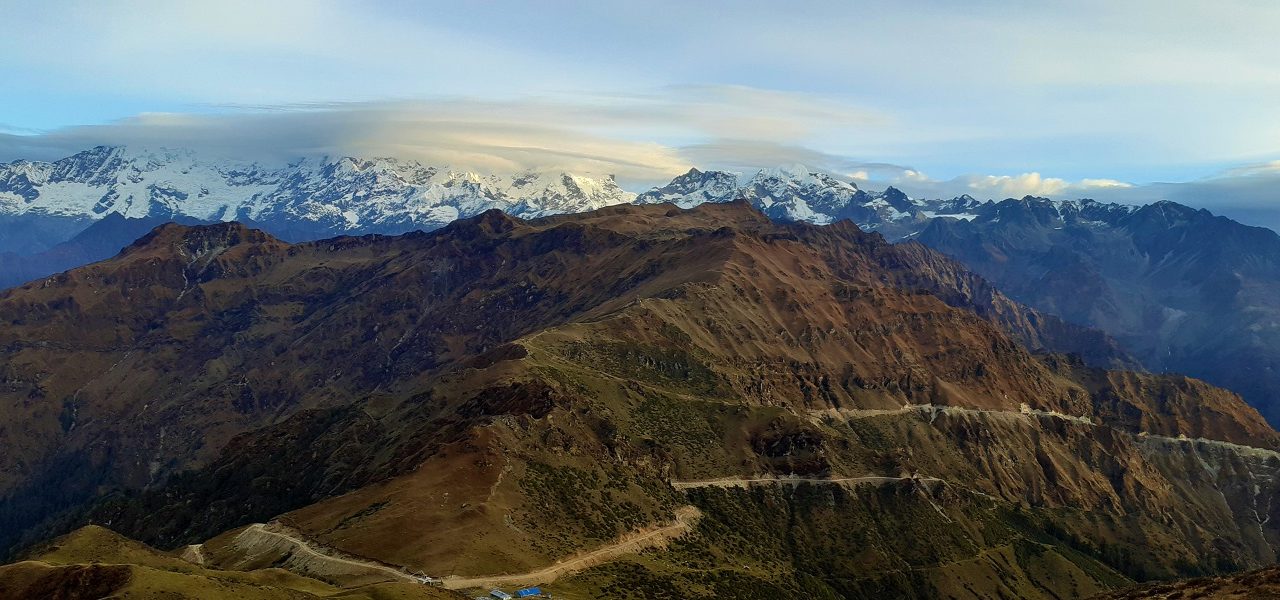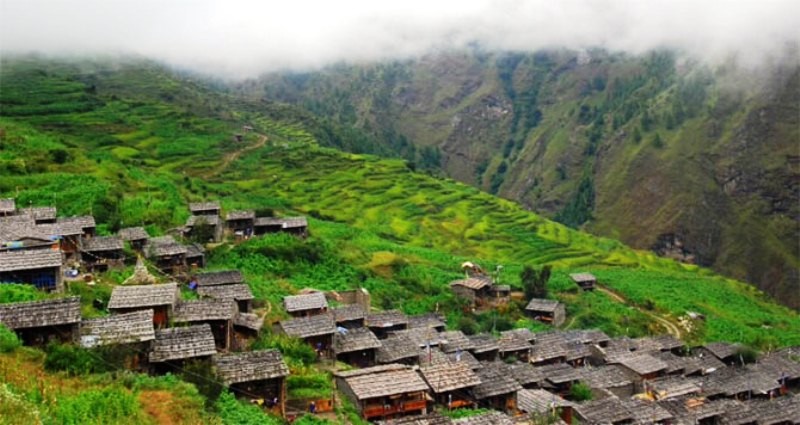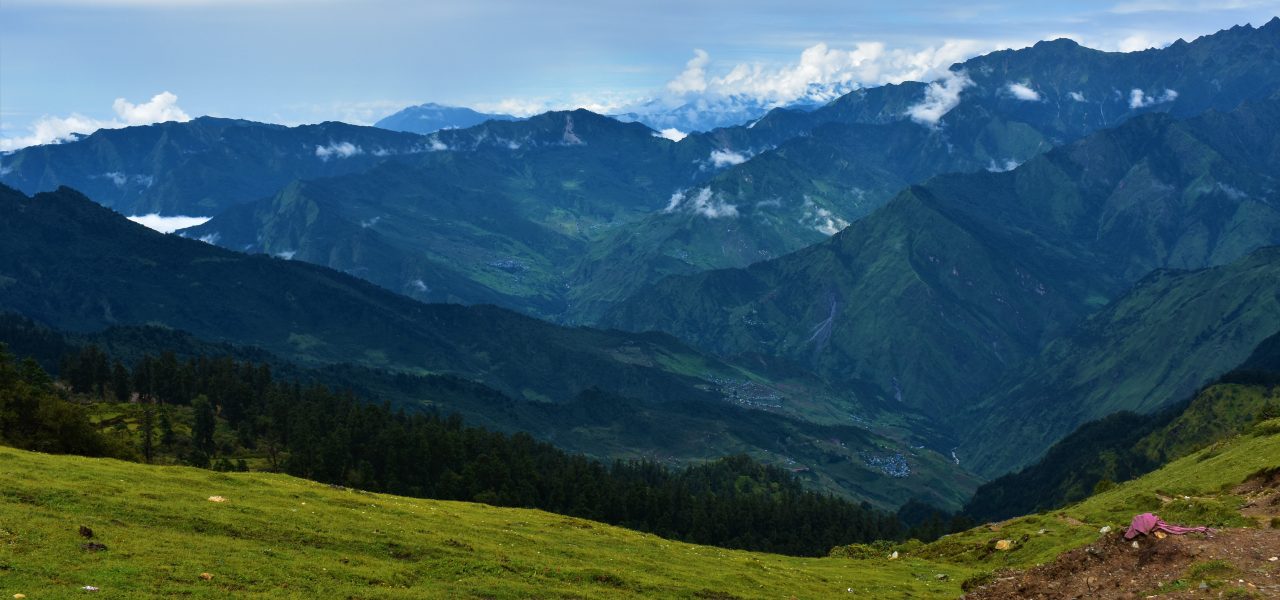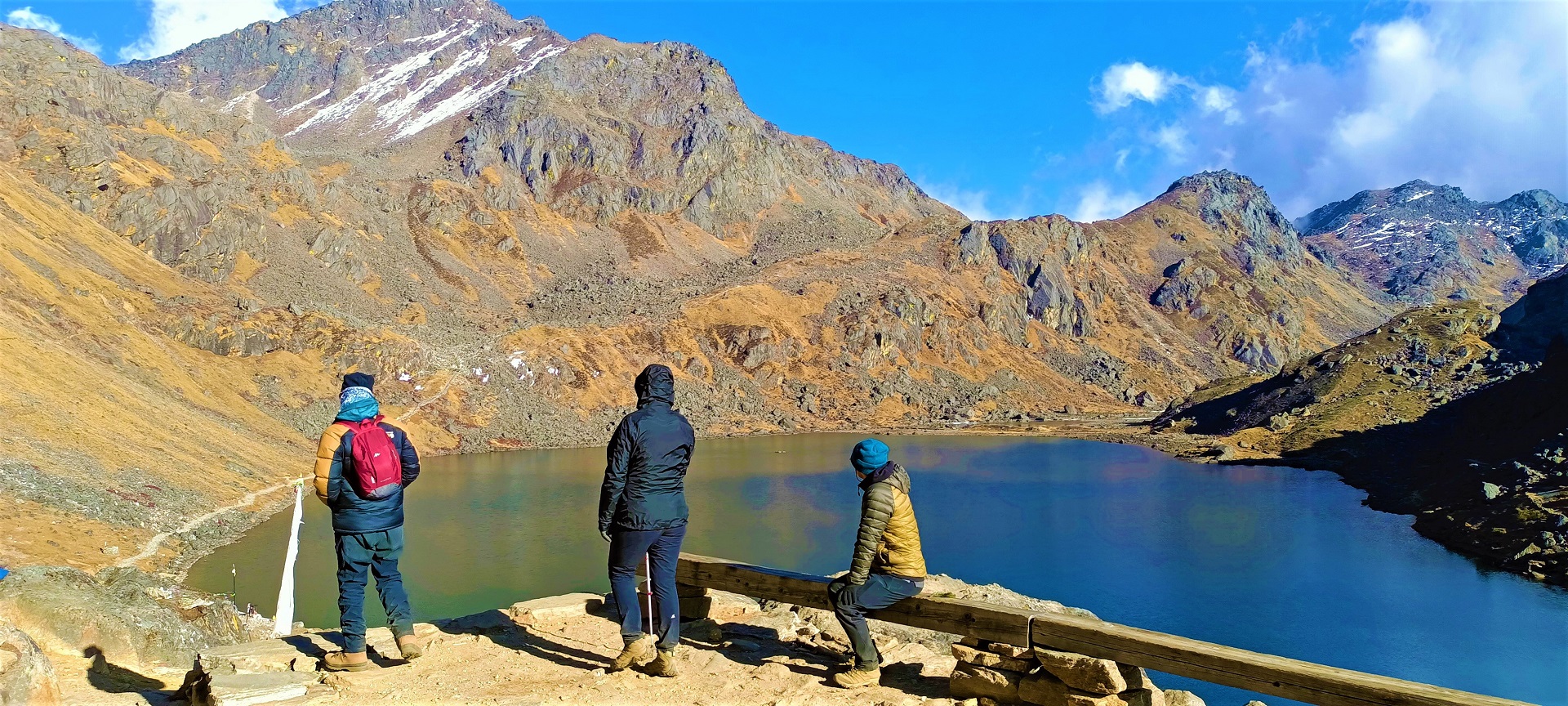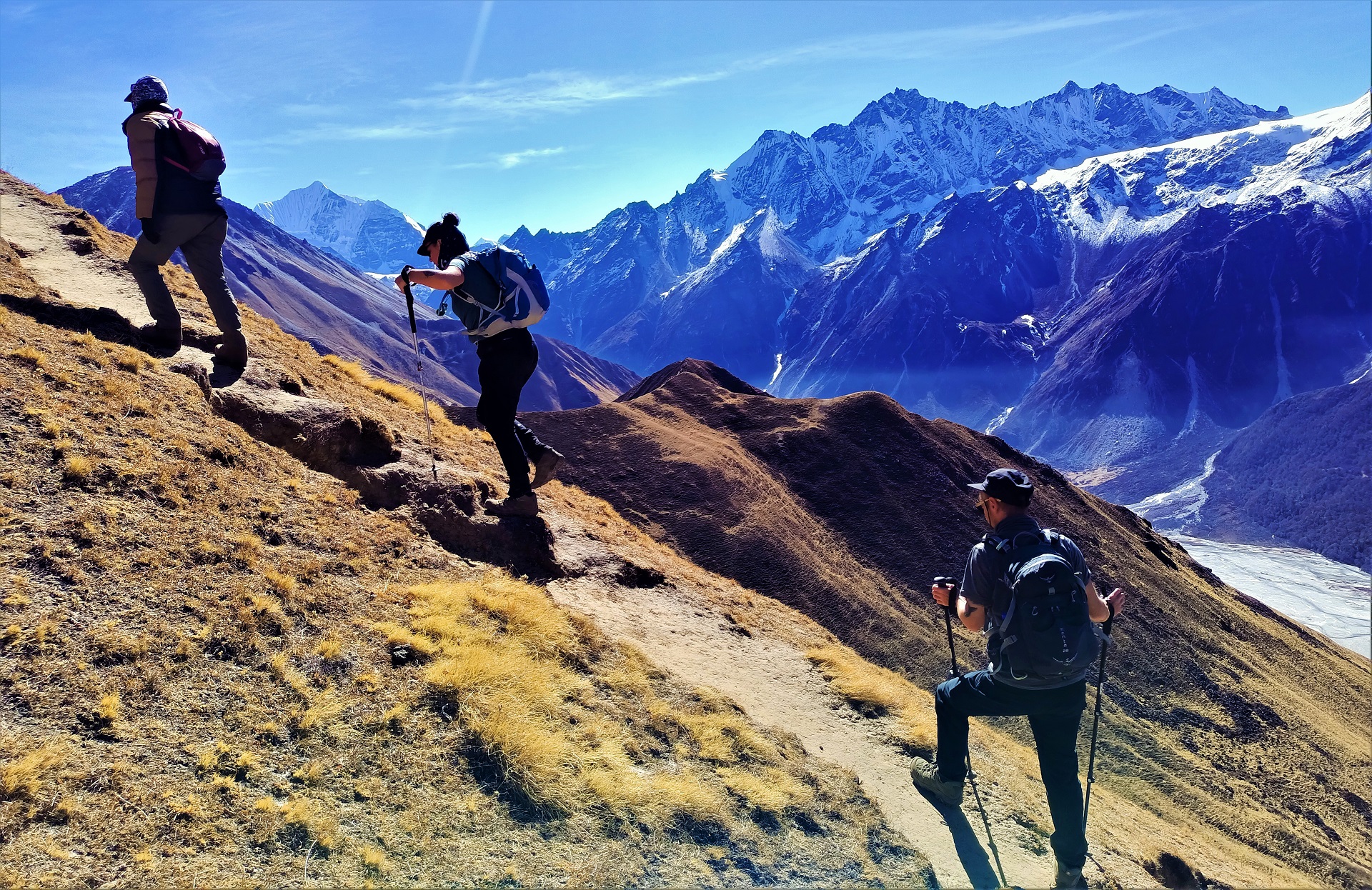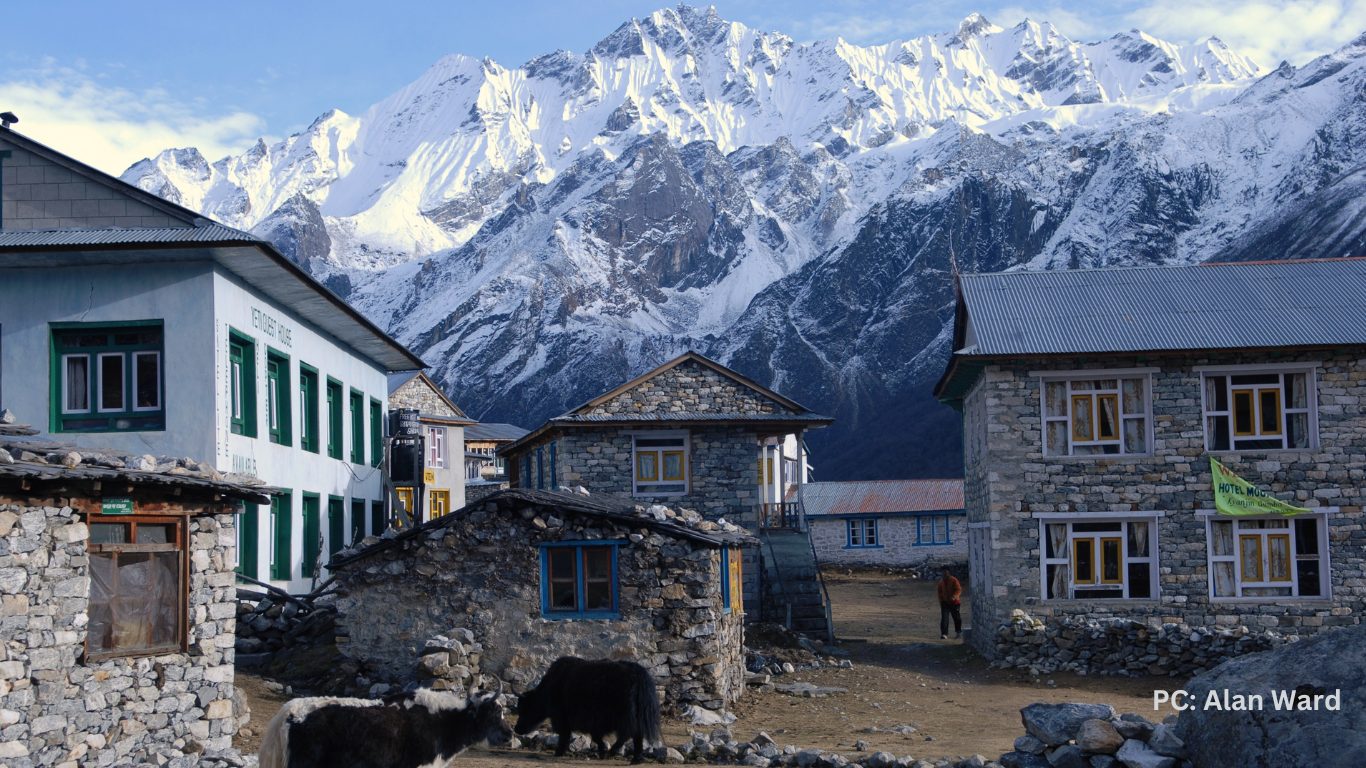Trekking in the Langtang region offers stunning mountain views and rich cultural experiences. Located just 32 kilometers from Kathmandu, Langtang National Park, Nepal’s first Himalayan park, covers 1,710 sq km and features diverse alpine flora, rhododendron forests, and wildlife like Red Pandas and Snow Leopards.
The area includes over 70 glaciers and notable peaks such as Langtang Lirjung and the Ganesh Himal range, as well as high-altitude lakes like Gosaikunda. The indigenous Tamang people, with their Tibetan-like culture, live simply, supported by tourism and yak farming.
Though less explored, Langtang gained fame after British mountaineer Bill Tilman called it “the most beautiful valley in the world” in 1949.
